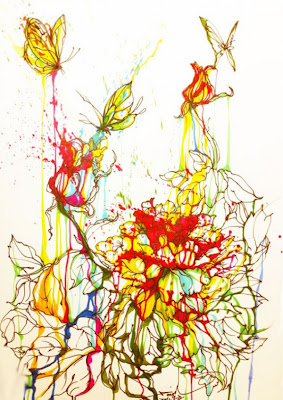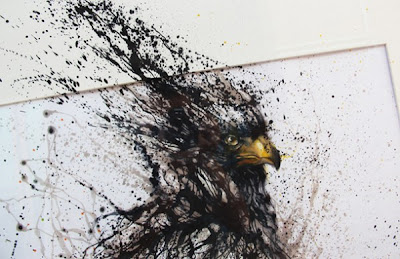Today I dedicate a post to a museum, the CAM, and those who are struggling to defend it. A long cage has been issued before CAM museum (Casoria Contemporary Art Museum). From June the 28th 2013 on the gratings are hanging the works of 18 Neapolitan artists, inspired by Casoria museum adventures and realized as solidly behind to CAM cultural campaign. Eight years after, the most rumoured museum in Europe is still open and its activity lively even though, like a caged lion, its entrance appears closed up in a metal fencing bringing the visitor to the museum path but dividing him from the rest of the world. That cage, from June the 28th, is becoming an exposition space, an open door to art, bringing works out with its arms open wide to the road. Hanging on the gratings are the works 18 Neapolitan artists realized as solidly behind the cultural resistance of CAM as inspired by the Casoria museum adventures. From racism to corrupted politics, from violence to camorra, the story of the museum is involved in the social meaning of art. With this exhibition CAM wants to celebrate, with those ones who supported it, eight years commitment for culture and its vigour notwithstanding uncountless adversities.
Oggi dedico un post ad un Museo, il CAM, e a coloro che stanno lottando per difenderlo. Una lunga gabbia di recinzione è stata issata davanti al Museo CAM (Casoria Contemporary Art Museum). Ma il Museo non si arrende e dal 28 giugno 2013 sulle grate verranno poste le immagini che 18 artisti napoletani, ispirati dalle vicende del museo di Casoria, hanno realizzato per solidarietà alla battaglia culturale del CAM. Dopo otto anni il museo più discusso d’Europa è ancora aperto e la sua attività è sempre fervida, anche se, come un leone in gabbia, il suo ingresso appare avvolto da una recinzione metallica che accompagna il visitatore verso il percorso museale e lo separa dal mondo. La gabbia che lo chiude, diventerà dal 28 giugno uno spazio espositivo, una porta aperta verso l’arte, che conduce le opere fuori dal museo e apre le braccia alla strada e alla città. Sulle grate verranno poste le immagini che 18 artisti napoletani, ispirati dalle vicende del museo di Casoria, hanno realizzato per solidarietà alla battaglia culturale del CAM. Dal razzismo alla politica corrotta, dalla violenza alla camorra, la storia del museo è permeata dal senso sociale dell’arte. Con questa mostra il CAM intende festeggiare, insieme a quanti lo hanno supportato, i suoi otto anni di impegno per la cultura e la sua vitalità a dispetto delle innumerevoli avversità.






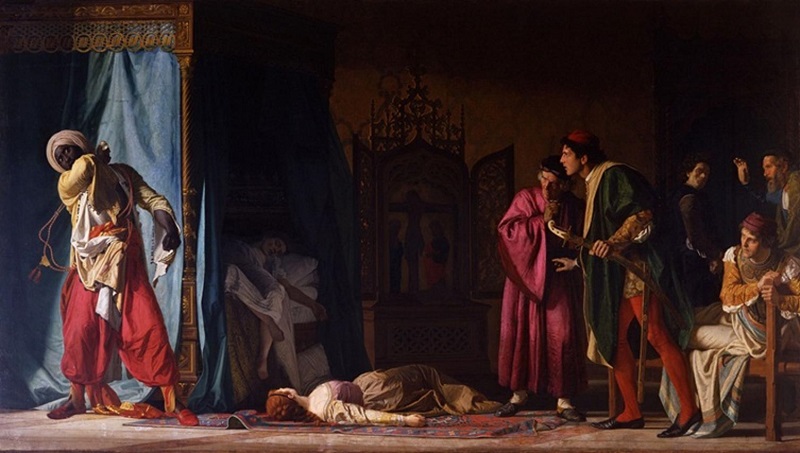
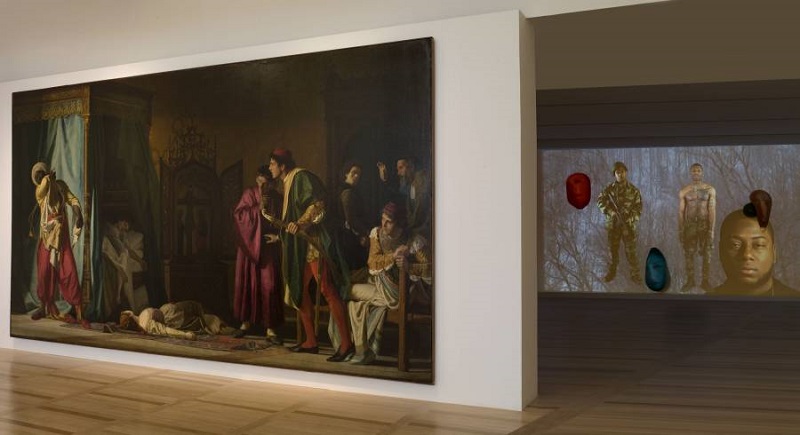
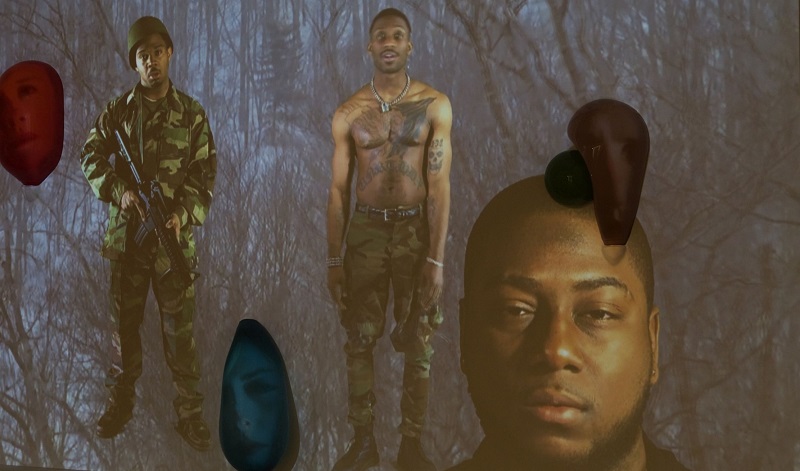

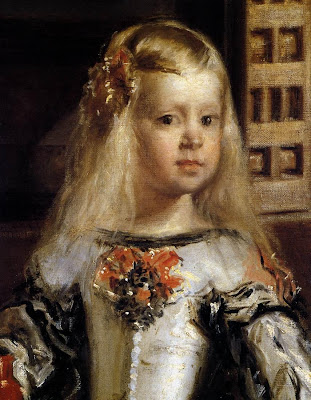




.jpg)





